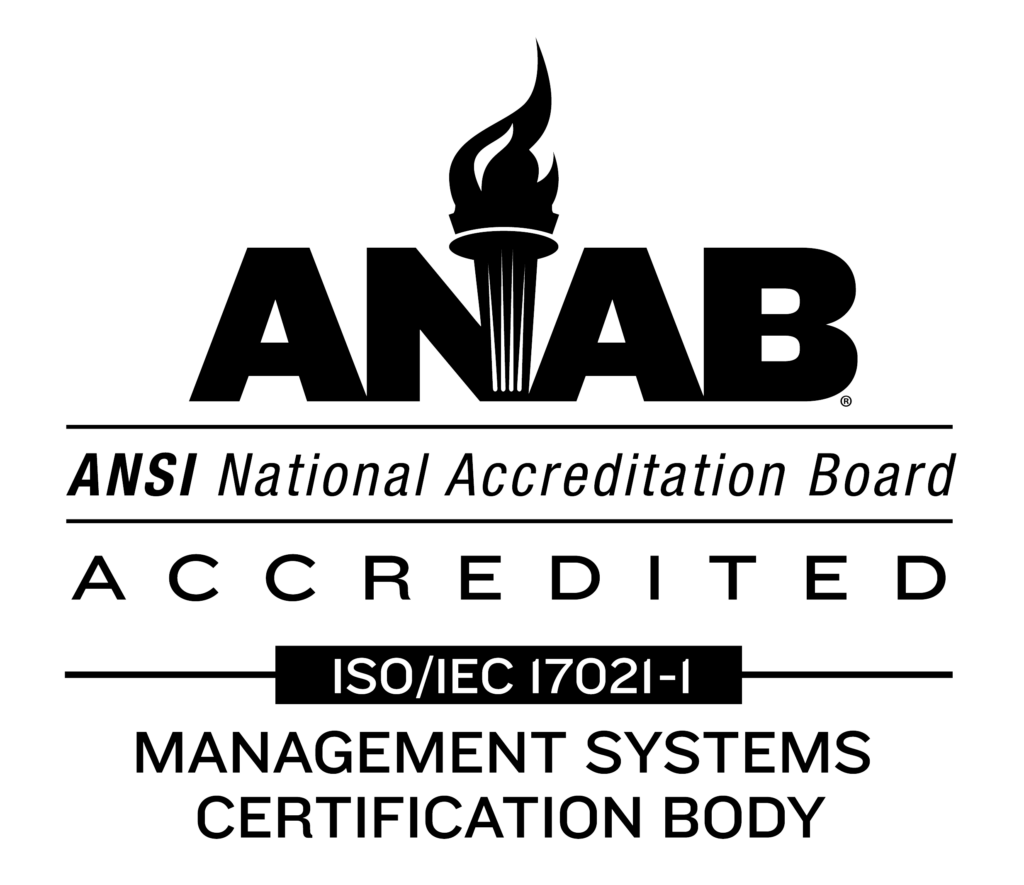Each day, billions of people and organizations around the world face some type of water or wastewater issue. From industrial and agricultural enterprises to consumers, a consistent supply of quality water is crucial. According to the American Society of Civil Engineers’ 2017 Infrastructure Report Card, many of these issues are due to aging infrastructure with an annual $82 billion gap in U.S. water and wastewater system infrastructure investment alone.
To help combat this, many of the more than 30,000 rural water/wastewater districts in North America are facing new state and local government regulations. The standards require some level of automation be incorporated to validate the integrity and security of water systems and infrastructure data.
On Feb. 14 at 4pm MT, our Chief Marketing Officer, Scott Allen, will be speaking in-depth about this topic at the Colorado Rural Water Association’s (CRWA) 37th annual conference and expo. His session, “Connecting it All: Intelligent Edge Remote Networks,” dives into some of the challenges people face with their water and wastewater systems – like broken or frozen pipes – along with security concerns that automation at the edge can quickly identify and remediate.
Where automation can be applied
Approaches to water and wastewater management are generally divided into two basic focus areas: quality and quantity.
Quality is the integrity of the water supply. You may remember the 2014 Flint, Michigan water crisis, which to this day is still dealing with high levels of lead in the city’s drinking water due to insufficient water treatment. In addition to environmental hazards, security breaches, like tampering with water quality test results, are a major concern in hiding evidence of contaminated wells.
Quantity is the amount of water being processed for reclamation, agriculture, recreation, industrial and other uses. Due to the aging water system infrastructure, leaks, shortages and even overflowing tanks create the potential for households and cities to be without access to running water.
To maintain and secure a pristine and consistent water supply, wireless automation tools and technology can help gain an accurate representation of water conditions, such as temperature, turbidity, salinity, pH and flow. From there, a wireless data network is needed to automatically transmit the collected data and flag any existing or projected problem areas. It can also help immediately report any security breaches, increase equipment and worker efficiency, automatically react to malfunctions and perform control actions, among other benefits.
The power of automation: a case study
Take for instance the introduction of automation and wireless by the St. George Water Services Department, part of the Washington County Water Conservancy District in Washington County, Utah.
To effectively and efficiently manage and optimize the complete water cycle for 82,000 people living in the city of St. George, Utah, the department needed to collect reliable and accurate data from across more than 100 linear miles.
By introducing a radio network to transmit sensor data from across their district, the St. George Water Services Department can now employ an automated SCADA system. This provides clear visibility into the performance of their utility- and solar-powered devices, while also simplifying the process to secure separate systems. To learn more about how the city of St. George accomplished this feat, read our case study here!
While awareness around what public water and infrastructure issues need to be fixed are known by water and wastewater associations, many are still figuring out how to address it. If you plan on attending the CRWA conference this week, drop by to watch Scott’s session to learn more about why the introduction of automation and SCADA technologies that are crucial to a clean and fully-functioning water supply, and how radio networks enable these technologies. Hope to see you there!





